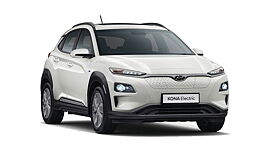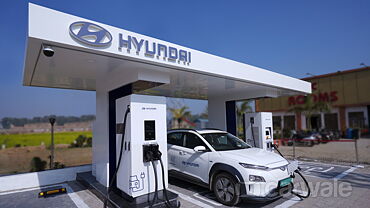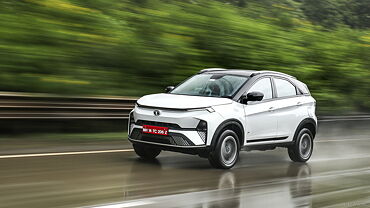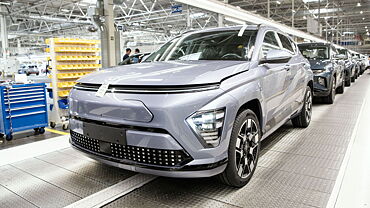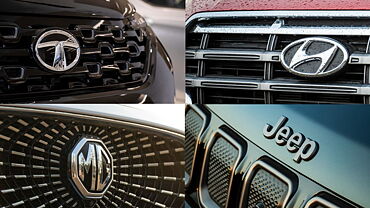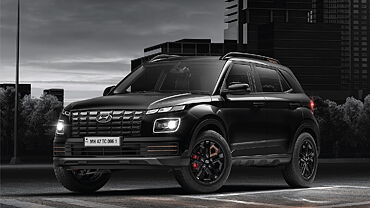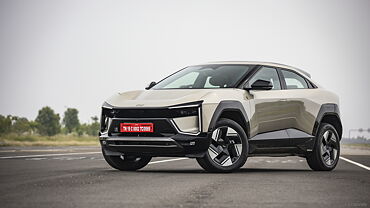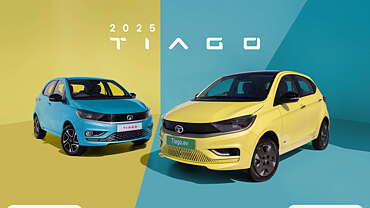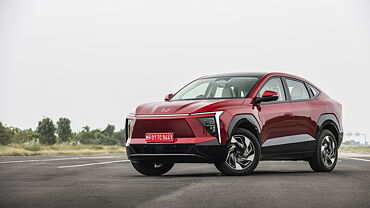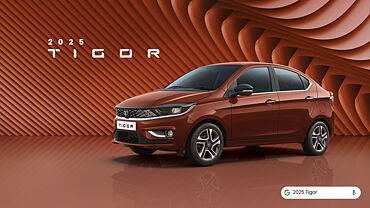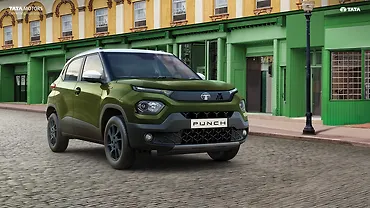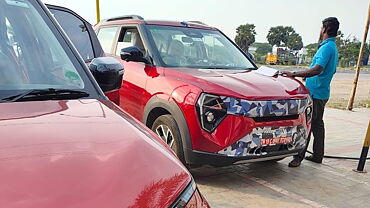
- Two decade history in development of Fuel Cell Electric Vehicle (FCEV) technology
- Important milestones in development of fuel cell technology
Hyundai Motor reportedly began development of Fuel Cell Electric Vehicle (FCEV) technology over 20 years ago, with a dedicated research team in 1998. The first step towards the whole vehicle development was the Project Mercury collaboration between Hyundai and United Technologies Corporation (UTC). The company claims that a number of vehicles were developed under the collaboration, with system improvements in powertrain performance and increasing range capabilities culminating in the final vehicle, the MercuryⅡ. It was based on the JM Tucson platform with an 80kW fuel cell system that offered a driving range of up to 335kms and was capable of starting from temperatures as low as -20 degree Celsius.
Alongside the Korean government’s G7 Project, Hyundai launched the Polaris project in 2,000. The G7 Project was an initiative to help close the technological gap that existed between Korea and other advanced countries, specifically in the field of eco-innovation. The Polaris project saw Hyundai independently develop complete fuel cell vehicle systems, which lead to several project vehicles such as Polaris Ⅱ which showcased a Hyundai fuel cell system with a power output of 80kW and a driving range of 370kms. In 2005, Hyundai produced its first fuel cell bus with a 160kW fuel cell system and an operating range of 380km. These buses served as the official transport at the 2006 FIFA World Cup alongside the conventional public transport vehicles. The second generation model of the electric busses were introduced in 2009, which generated 200kW with a driving range of 380km.
In 2010, the company witnessed two milestones in the fuel cell technology development: the accumulative distance covered by all Hyundai Fuel Cell vehicles reached the two million kilometremark and the new ix35 FCEV prototype was launched. This fuel cell vehicle was the first Hyundai to use high pressure 700bar fuel storage, boosting range to 635km from the 100kW fuel cell drivetrain.
In 2013, the company introduced the ix35 Fuel Cell electric vehicle with 100kW fuel cell system and a driving range of 594kms. The Hyundai ix35 Fuel Cell went on sale across the world in the year 2015. At the 2014 Geneva Motor Show the company showcased the Intrado concept. This concept featured advanced materials such as high strength steel and carbon fibre and new manufacturing and joining techniques.
Some of the other popular fuel cell vehicles in recent times include the 2017 FE Fuel Cell concept which was longer, lower and wider than the ix35 fuel cell. The FE Fuel Cell concept featured new drivetrain technology including a 20 per cent lighter fuel cell stack than that of the ix35 Fuel Cell, yet with an increased power density of 30 per cent and a range of over 800kms.
In 2018, the company introduced the only fuel cell SUV in the world, the NEXO. The design inspiration was based on the FE Fuel Cell concept. The SUV offers several modern features like lane following assist, highway driving assist, blind spot view monitor and remote smart park assist. As compared to the ix35 Fuel Cell, the NEXO reportedly offers 25 per cent faster acceleration, increased torque and 40 per cent more driving range. The 135kW powertrain and three reinforced carbon fibre/plastic fuel tanks allow the NEXO to deliver a driving range of 665kms.
In May 2019, Hyundai announced investment of €80 million in Rimac to take the lead in the high-performance electrified vehicle market. In September 2019, Hyundai Hydrogen Mobility was formed - a joint venture between Hyundai Motor Company and H2 Energy. Additionally, Hyundai also partnered with Hydrospider - a joint venture of H2Energy, Alpiq and Linde to promote green hydrogen ecosystem in Switzerland and other European countries. Under the partnership, Hyundai Hydrogen Mobility plans to bring 1,600 Hyundai H2 Xcient Fuel Cell trucks that are powered by 190kW hydrogen fuel cell system with two 95kW fuel cell stacks in a parallel setup. This claims to offer a driving range of over 400kms.
At the 2019 Frankfurt Motor Show, the company showcased the Hyundai Generator, a portable charging station for electric vehicles along with its newest feature of emission free electric charging. Hyundai Motor is reportedly investing considerable time and effort towards delivering greener mobility solution.

